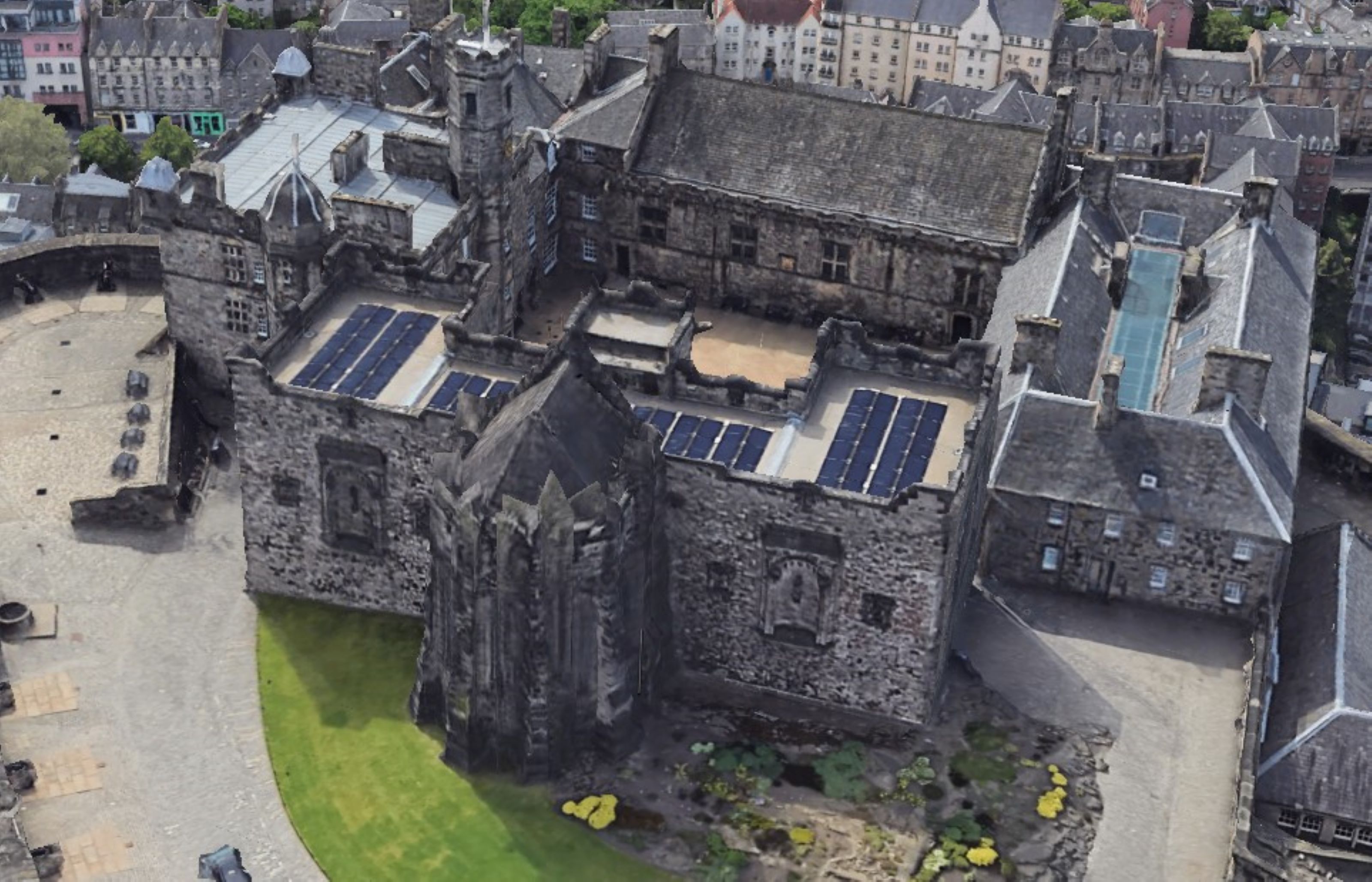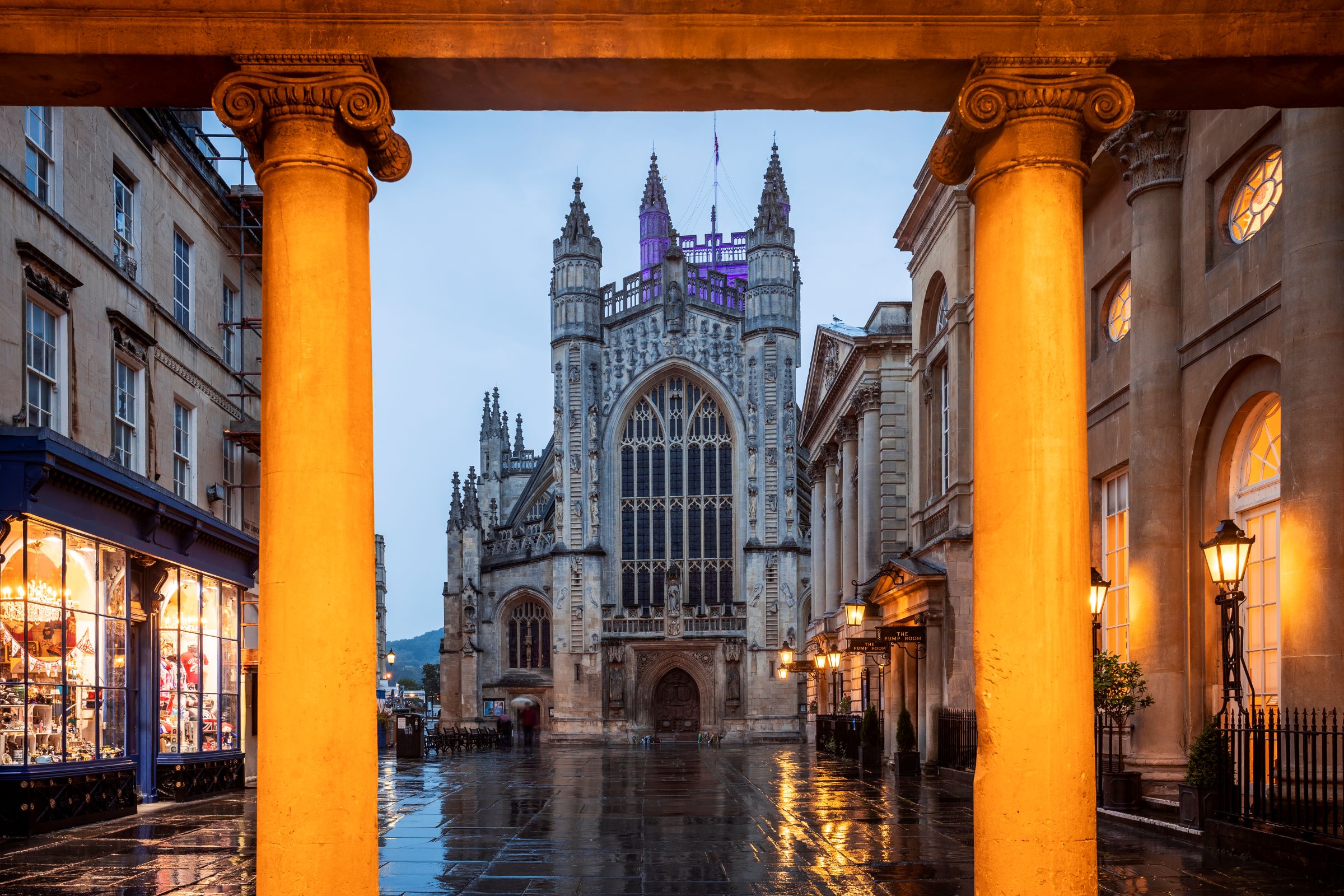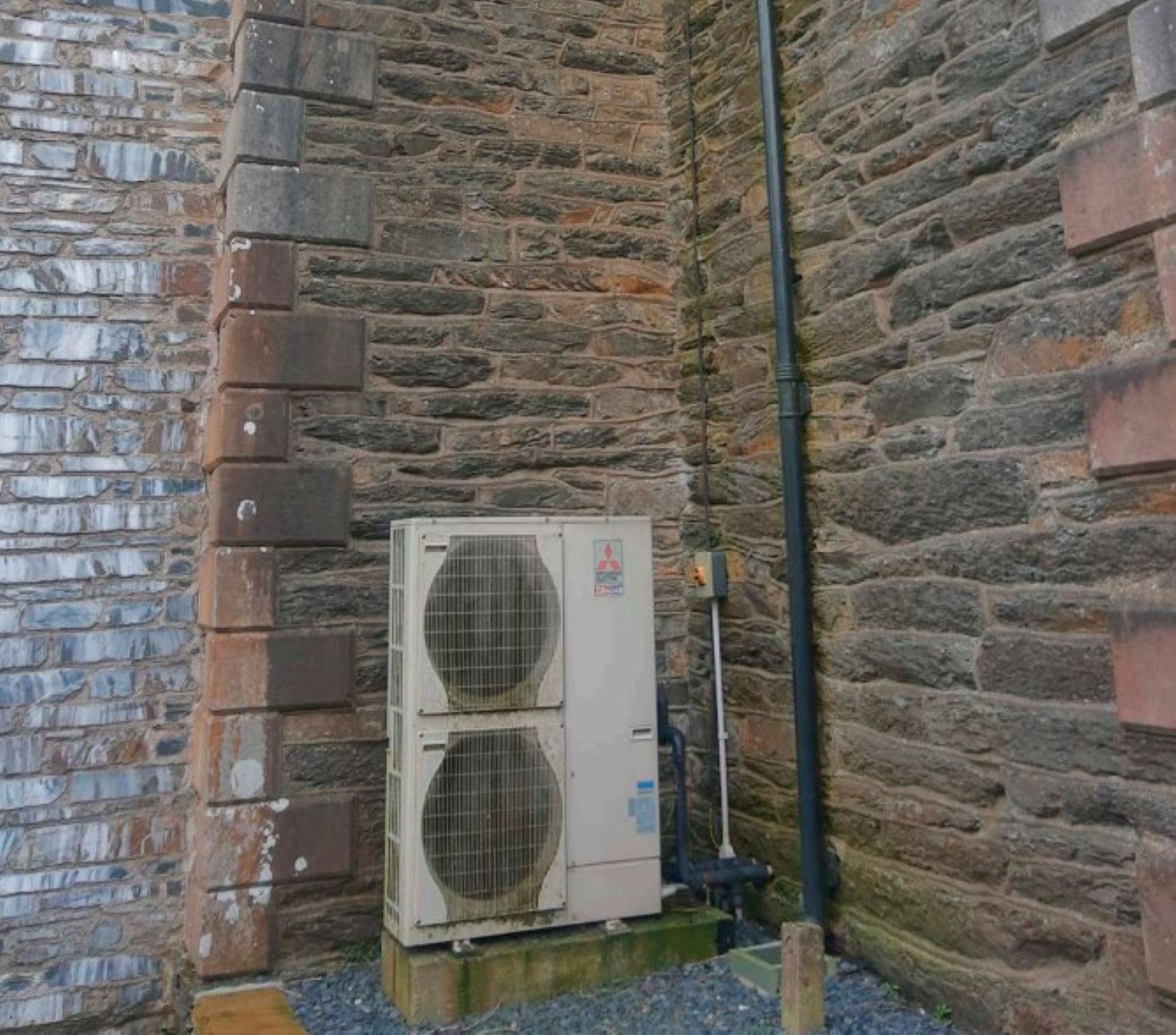Row over eco-friendly solar panels and heating systems on UK's historic buildings
As Conservation groups look to go net zero some preservationists claim the energy-efficient installations are damaging the visual appearance and historic significance in some of Britain's most iconic buildings

A debate has risen over whether the UK's historic buildings should be installing eco-friendly heating systems.
Conservations groups say the changes are vital in helping the UK reach its goals of becoming net zero by 2050. Changes to these buildings include air source heat pumps, solar panels and biomass boilers.
However, protestors claim the changes are merely "virtue-signalling" and that the changes are causing "irreversible changes to our precious historic buildings".
We look at the arguments and will let you decide who's side you stand on.
Part of plans to reach net zero by 2030
Conservation charities, such as the National Trust and Historic England are working towards making Britain's historic buildings more eco-friendly in order to help them meet their net zero targets.
The National Trust, the largest conservation charity in Europe, has pledged to reach net zero carbon emissions by 2030, 20 years ahead of the government’s target.
The group possesses 500 historic properties and has made a number of eco-friendly changes to its buildings, including installing a ground source heat pump system in the ancient Roman drains beneath Bath Abbey. This means power to Bath Abbey is supplied by Bath's famous hot spring waters.
Get the Homebuilding & Renovating Newsletter
Bring your dream home to life with expert advice, how to guides and design inspiration. Sign up for our newsletter and get two free tickets to a Homebuilding & Renovating Show near you.
Penrhyn Castle has also installed solar panels and a biomass boiler, whilst Anglesey Abbey uses solar panels and a water source heat pump, which has been claimed to have reduced its emissions of carbon dioxide by 20 tonnes each year.
The National Trust claim the savings that can be made on energy bills can be put into conserving these buildings.

Historic Environment Scotland (HES) has also announced it would be removing all gas heating from its buildings by 2045.
HES has also made a number of changes to some of its 300 buildings, most notably installing solar panels on the roof of Edinburgh Castle. This powers the lighting, heating and electricity to the landmark.
Solar panels were also installed on Crichton Castle, near Edinburgh, a decision that was partially prompted by having no mains electricity supply to the castle as it was off-the-grid.
Changes could 'destroy the fabric of historic buildings'
The decision to install eco-friendly energy systems into these historic properties has garnered criticism from those who believe these modifications affect the preservation of these buildings. Although Historic England has given the green light to historic properties adopting heat pumps and solar panels, saying these should be embraced.
For instance, when solar panels were installed on Edinburgh castle in 2022 local conservation group the Cockburn Association said the solar panels would reduce the castle's "significance and interest".
The Cockburn Association wrote to the council saying: "The proposals are not adequately justified against a range of alternatives and would result in unnecessary visual interventions leading to the diminution of its significance and interest.
"We are supportive of measures to improve Edinburgh Castle's carbon management, but these can only be acceptable if they have no impact on its significance and architectural integrity. That is not the case here."
A post shared by Scottish Castles | 🏰🏴 (@scottishcastles_)
A photo posted by on
Questions over the National Trust's decision to install energy-efficient heating into historic buildings have been raised from within their own organisation.
Neil Record, a director of the British heritage advocacy group Restore Trust, a National Trust members’ forum said the charity was "spending members’ money on virtue-signalling". He added: “The National Trust’s principal objective is the preservation of its historic treasures. It’s taken an inappropriate turn to take upon itself the net zero project.
“The National Trust isn’t a major source of emissions. They want to publicise the fact they are, in their own mind, reducing their carbon footprint.
“I am very worried that the net zero obsession will lead us to damaging and irreversible changes to our precious historic buildings.
“If we start to destroy the fabric of historic buildings through this fashion – and it is a fashion – it would be a disaster for our heritage.”
Energy efficient measures will help make buildings 'sustainable for the future'
Conservation charities have responded to these concerns about the impact on historic buildings claiming any visual changes will be minimal to unnoticeable, and the positive impact towards carbon emissions would be hugely significant.
Historic England found that retrofitting the nation’s historic buildings could reduce carbon emissions from historic buildings by over 60% by 2050.
Historic England have also published a guide to provide advice on how the visual impact of these upgrades to historic buildings can be mitigated in every way possible, including using natural screening such as trees to hide solar panels or painting heat pumps vents to camouflage them.
Historic England stated in their guide that "minimising visual impact is desirable but often difficult" and will depend upon "the situation of the building". However, a Historic England spokesperson said: "All historic buildings can be made more energy efficient whilst conserving what makes them special and making them more comfortable for the people using them.
"Introducing energy efficiency measures is all part of managing change to buildings to make them sustainable for the future.”

A spokesman for HES said: “As part of our commitment to become net zero by 2045, HES has a responsibility to reduce our carbon emissions and explore innovative approaches to sustainable and renewable energy.”
A National Trust spokesman also said: “The Government’s own research shows there is no property type or architectural era that is unsuitable for a heat pump.
"At the National Trust we have been moving our historic buildings to renewable heat sources as part of our target to be carbon net zero by 2030.
“The use of renewable heating in many of our houses has enabled us to improve the conservation conditions for our fragile collections alongside the fabric of our historic buildings.”

News Editor Joseph has previously written for Today’s Media and Chambers & Partners, focusing on news for conveyancers and industry professionals. Joseph has just started his own self build project, building his own home on his family’s farm with planning permission for a timber frame, three-bedroom house in a one-acre field. The foundation work has already begun and he hopes to have the home built in the next year. Prior to this he renovated his family's home as well as doing several DIY projects, including installing a shower, building sheds, and livestock fences and shelters for the farm’s animals. Outside of homebuilding, Joseph loves rugby and has written for Rugby World, the world’s largest rugby magazine.
